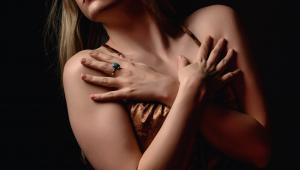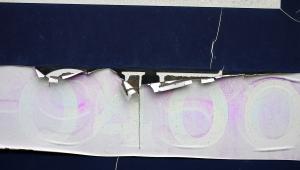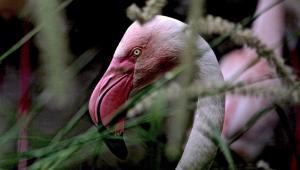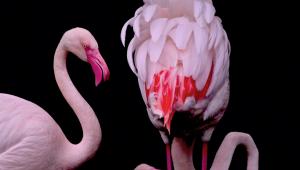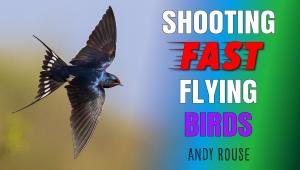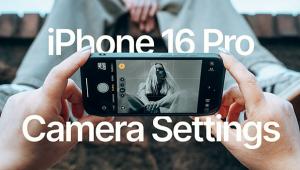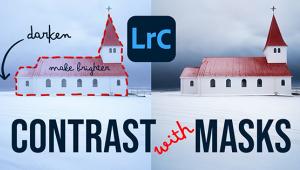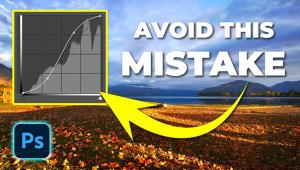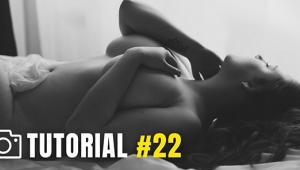Ask A Pro: Scott Kelby Answers Your Photography Questions
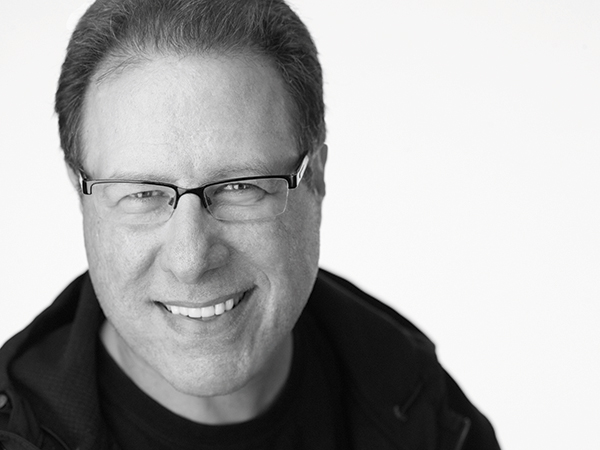
Q. I adjusted the exposure of a bunch of photos in Lightroom. When I looked at the thumbnails they all seemed a little dark, so I selected all the shots and turned on Auto Sync. I increased the Exposure slider to around +0.33, but that changed all the images to +0.33 and screwed up everything. I didn’t want to change all their exposures to +0.33; I wanted to increase whatever their current exposure was by 1/3 stop across the board. What should I have done?
A. The trick is to not make that adjustment in the Develop Module at all. Instead, go to the Library Module; select all the photos, then use the Quick Develop panel to raise the exposure by clicking on the single right Exposure arrow once. (That increases the exposure by 1/3 stop; the double arrow increases it a full stop.) That way, it doesn’t change all the exposures to the amount you chose—it would have increased them all proportionally. So, if the first image already had the Exposure slider set to +1.00, clicking the single right arrow next to Exposure in Quick Develop would have increased the exposure to +1.33. If the next photo had its Exposure slider set to +0.50, it would now be +0.83, etc.
Q. What is the best way to shoot movement, specifically dance, in low light? I have an Olympus OM-D E-M10 and even with a tripod and camera presets I still get a blurry main subject.
A. If you want to freeze the action you’re going to need a really fast shutter speed; I use 1/1000 second. You can use a slightly slower one, like 1/840 or 1/500, but you’ll definitely get some blur. So, you’ll have to raise the ISO until the point you see the shutter speed at 1/1000 second or faster. That’s probably going to create some noisy images, depending on the light in the theater. I would shoot it in Aperture Priority mode and try an f/stop like f/4 or f/5.6, then raise the ISO up until you see the shutter speed hit that number. If you don’t mind seeing movement, which can be lovely for dance, then you can try a slower shutter speed and “pan” with the dancers as long as they’re moving side to side. By panning along with your subject, you’ll see movement and part, or hopefully a lot, of the dancer will be in focus, but you’ll see the movement appear behind the dancer as blur.
Q. I’ve long been interested in photography yet I’ve never taken up the hobby. However, I’m thinking that the time is right to dip my toes in the pool. What advice do you have for a novice?
A. Set your camera to Program mode (the letter “P” on the camera dial) and don’t worry about any of the technical stuff. Focus on creating images that make people say “wow,” or think, or tell a story—that’s the power of photography. All the other buttons and bells and whistles you can unlock later. For now, show us how you see the world and let the camera do all the technical work for you. I wish you the very best on your photographic journey.
Q. Lately I have seen you praising the 3 Legged Thing travel tripod. Do you like it better than the Gitzo Traveler?
A. Gitzo makes an amazing tripod and I’ve used their Traveler for years. I can’t knock that tripod in any way—it’s a gem. Gem is a good word, too, because it’s very expensive. I fell in love with the 3 Legged Thing tripods because of their price, design, sturdiness, and cleverness. For example, all their tripods are designed so one leg unscrews and turns into a monopod. Plus, I love the people behind the company. They are so passionate about making super great tripods at a reasonable price. For the record, I’m not a paid spokesman—I don’t get a commission. I should, though. :-)
Q. Does Sony or anyone else make an AC wall adapter to use with Sony HVL-F60M and HVL-F43M flash units so you can run the flash off house current and not off AA batteries?
A. I searched high and low, including scouring Sony’s own in-depth specs, and nowhere does it list any way, or even a port, to plug in AC power. Your best bet would be to buy the Sony FA-EB1AM power pack that holds six AA alkaline batteries and that will let the flash recycle faster. They’re not cheap—around $170 was the best deal I found.
Q. I import photos from my camera into Lightroom onto an external hard drive; most often on my MacBook Pro. On occasion, I also import them into Lightroom using the same external drive on my iMac. I find that the photos in the “Library” using the same external drive with my MacBook Pro do not also include the photos I imported into Lightroom using my iMac and vice versa. Why?
A. It’s because those two catalogs aren’t synced. So, what you do on your MacBook Pro doesn’t reflect what’s on your iMac just because you’re using the same external hard drive to store your photos. There are a couple of things you can do. For starters, each time you import images into your MacBook Pro, create a collection of those images. When you’re done editing/sorting, click on that collection and then choose “Export as Catalog” from the File menu and save that onto your external hard drive. Take that drive and connect it to your iMac, then go under the File menu (in Lightroom on your iMac) and choose “Import From Another Catalog” and choose that catalog. Now both computers have the same images and edits. Make sure you copy the original image files to your iMac, too. You can also store your catalog in a cloud service like Dropbox; this is what I do. By storing your Lightroom catalog there, and having both computers use that catalog, whatever you do on your MacBook Pro automatically gets synced to your iMac at home.
Scott Kelby is a photographer, Photoshop Guy, award-winning author of more than 50 books, and CEO of KelbyOne, an online education community dedicated to helping photographers take the kinds of images they’ve always dreamed of. You can learn more about Scott at his daily blog (scottkelby.com), or follow him on Twitter: @scottkelby.
(Editor’s Note: Ask a Pro is a Q&A column from professional photographer, writer, and educator Scott Kelby. Scott is here to answer all your photography-related questions, so if you have something you’d like to know, e-mail him at editorial@shutterbug.com -- with “For Scott Kelby” as the subject line-- and your query could be featured in the next edition of Ask a Pro.)
- Log in or register to post comments
















